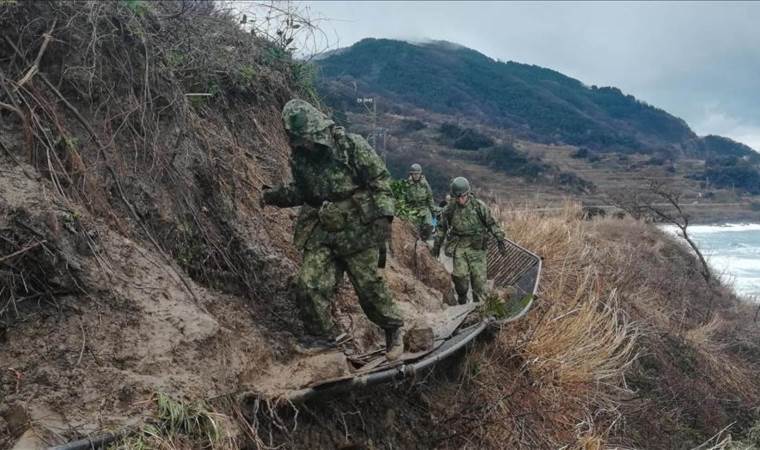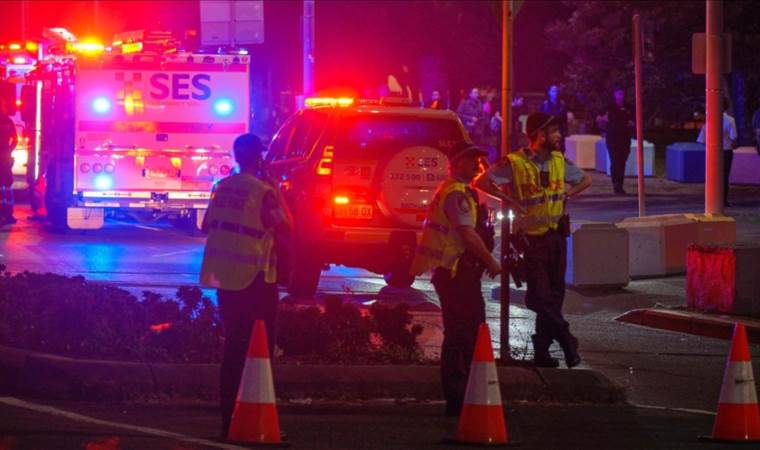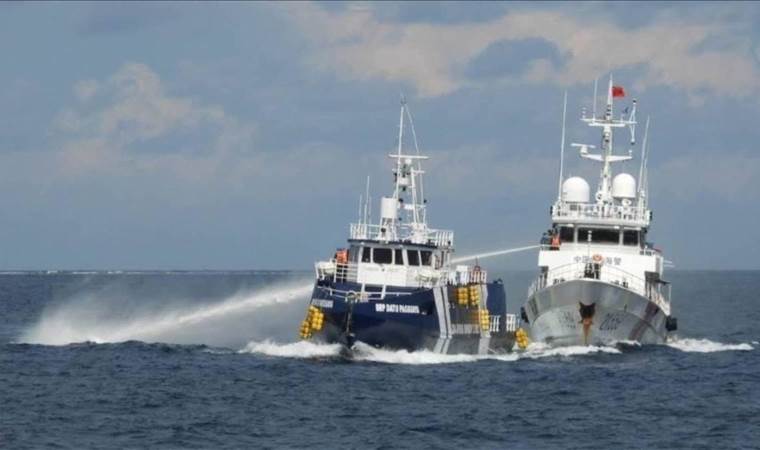Sweltering temperatures, tsunami threats batter parts of Japan
Amid tsunami warnings triggered by an earthquake off Russia, people in Japan on Wednesday are sweltering with record high temperatures at 41.2C (106F).

The country logged a record high temperature of 41.2C (nearly 138F) in Tamba, in the Hyogo Prefecture, Kyodo News reported, citing the national weather agency.
The rising temperatures brought widespread heat strokes across the country.
Separately, over 2 million people were evacuated to safer ground following the issuance of tsunami warnings, the national Fire and Disaster Management Agency said according to broadcaster NHK.
As of 2.15 pm (0515GMT), the agency said the town of Urakawa in the northern Hokkaido prefecture issued an emergency safety order to 4,982 households and 10,463 people in coastal areas.
Residents were urged to seek safety on higher floors, in sturdy buildings, or away from slopes.
Evacuation orders have been issued to 966,063 households and more than 2 million people across 219 municipalities in 21 provinces.
The Wakayama prefecture has the most orders at 367,186 people, followed by Hokkaido at 358,257, Kanagawa at 263,728, Fukushima at 243,942, and Shizuoka at 239,391.
Japanese premier orders 'thorough measures'
The premier’s office said a tsunami warning was in effect as the government was trying to assess the situation and provide guidance for evacuations.
Given the extremely hot conditions, Prime Minister Ishiba instructed that thorough measures be taken at evacuation centers to prevent heatstroke, according to a statement from his office.
So far, local authorities have reported no damage due to the high waves.
Four whales were washed away along Japan’s coastline just hours after tsunami waves struck some parts of the Pacific coast.
Separately, the operator of the crippled Fukushima nuclear power plant halted the release of treated radioactive wastewater into the Pacific Ocean and ordered its workers to evacuate to higher ground.
According to Japan’s Meteorological Agency, a 60-centimeter (2-foot) tsunami was observed at Kuji Port in the Iwate province and the town of Hamanaka in Hokkaido, while Ishinomaki Port in the Miyagi province recorded 50-cm (1.64-ft) waves.
The Tohoku and Kanto regions also saw elevated wave activity, including a 30-cm (1-ft) surge at Yokohama Port.
Earlier in the day, smaller waves were observed along Hokkaido’s eastern coast, 30 cm at Hanasaki Port in Nemuro at 10.30 am (0130GMT), Hamanaka at 10.36 am (0136GMT), and Kushiro Port at 10.42 am (0142GMT).
The tsunami waves have also hit air and land transport in some parts of the country.
Authorities closed runways, suspended flights at Sendai Airport in Japan's northeast, and some flights bound for the major coastal hub were rerouted while railway services were also suspended in some areas.
The Kamchatka Peninsula has experienced massive earthquakes and tsunamis in the past but the latest was its strongest quake in modern history.
The 8.8 magnitude quake generated tsunami warnings across the Pacific Ocean region, the US Geological Survey said.
The epicenter was located at a depth of 20.7 kilometers (12.8 miles) and was centered 119 km (73.9 mi) east-southeast of Petropavlovsk-Kamchatsky, it said.
Most Read News
-
 Person of interest identified in Brown University shooti
Person of interest identified in Brown University shooti
-
 Hollywood filmmaker Rob Reiner, wife Michele found dead
Hollywood filmmaker Rob Reiner, wife Michele found dead
-
 Russia says issue of Ukraine’s non-accession to NATO req
Russia says issue of Ukraine’s non-accession to NATO req
-
 2 US activists arrested by Israel in occupied West Bank,
2 US activists arrested by Israel in occupied West Bank,
-
 Australian police identify Bondi Beach gunmen as father
Australian police identify Bondi Beach gunmen as father
-
 EU condemns ‘dangerous actions’ by China in South China
EU condemns ‘dangerous actions’ by China in South China
-
 Germany could be Russia’s next target if Ukraine falls,
Germany could be Russia’s next target if Ukraine falls,
-
 Australian premier hints at 'tougher gun laws' after dea
Australian premier hints at 'tougher gun laws' after dea








